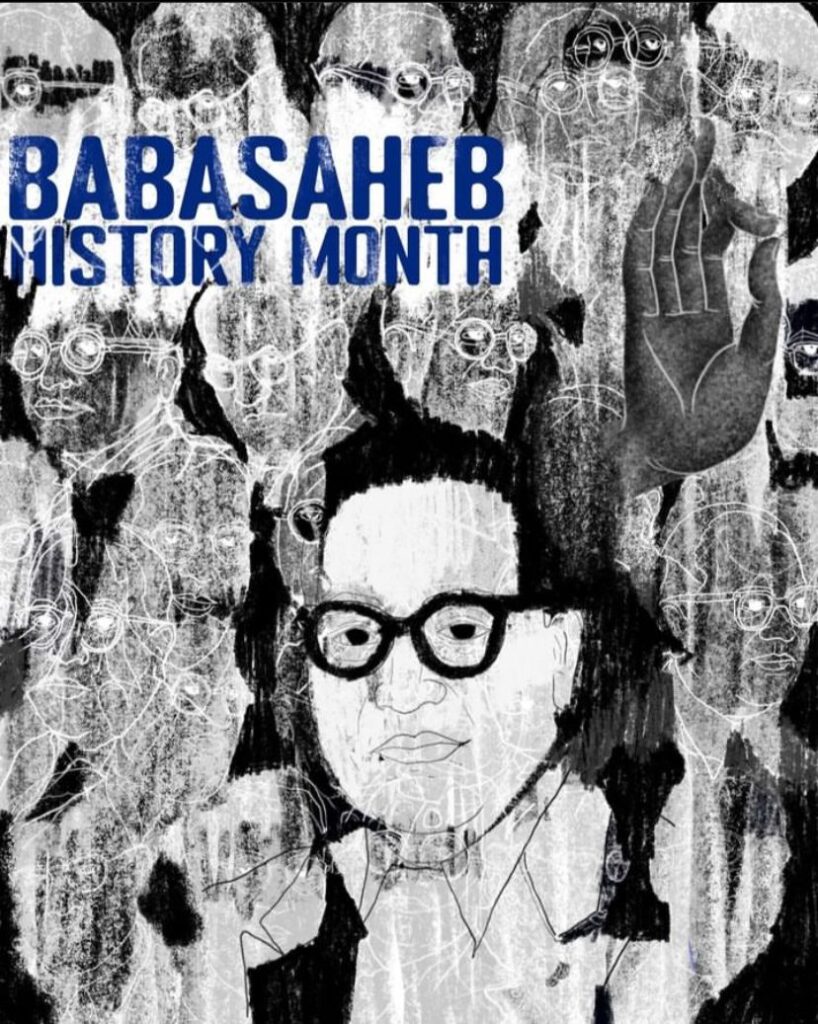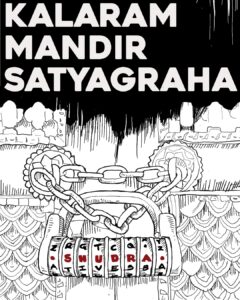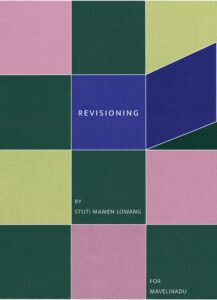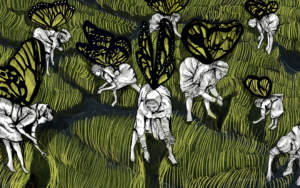Caste segregation and caste occupations meant Dalits would be forbidden from having the same privileges as Savarnas did. In ‘Waiting for a Visa’, Dr Ambedkar says that these events are so transformative in his journey that they had an ‘indelible impression’ on his mind.

Illustration by Ajinkya Dekhane
Dr Bhimrao Ambedkar was born on April 14, 1991, in the town and military cantonment of Mhow, (in present-day Madhya Pradesh) to Ramji and Bhimabai Sakpal. He was born in the Mahar caste, which is classified as a Scheduled Caste today. He was the last of the 14 children of his parents. His family came originally from the Dapoli Taluka of the Ratnagiri District of the Bombay Presidency.
From the very commencement of the rule of the East India Company, Dr Ambedkar’s forefathers had left their hereditary occupation for service in the Army of the Company. His father, Ramji Sakpal had also followed in their footsteps to seek service in the Army. He rose to the rank of an officer and was a Subhedar when he retired in 1894. The family moved to Satara two years later. Shortly after this, Dr Ambedkar's mother died when he was 5 years old. The children were cared for by their paternal aunt and lived in difficult circumstances. Three sons – Balaram, Anandrao and Bhimrao – and two daughters – Manjula and Tulasa – of the Ambedkar family survived them.
During his school admission, Dr Ambedkar’s father put his surname as ‘Ambadawekar’, based on their native village of Ambadawe. Contrary to popular belief, the surname Ambedkar was not given to him by a Brahmin teacher, as there are no records of any teacher of the same last name at the school where Dr Ambedkar studied.
Although Dr Ambedkar was fortunate to have attended school, a rarity for a Mahar child at the time, those children including Dr Ambedkar were treated with grave untouchability. For instance, Babasaheb was not allowed to sit among his peers and was forced to sit in a corner by himself. As he writes in his ‘Waiting for a Visa’, “he knew that he was an untouchable and that untouchables were subjected to certain indignities and discriminations.”
He explains that he had to carry a piece of gunny cloth for him to squat on in the classroom and that he had to carry it to and fro from the house and the school since the school cleaners would refuse to clean anything that he had touched. In his essay, ‘No Peon, No Water’, he writes that the ‘touchable’ children could go out to the water tap and when their thirst whenever they felt so - all that was necessary was the permission of the teacher. But for him, things were different. Untouchability forbade him to touch the water tap, and he had to wait for a ‘touchable’ person, in this case, the peon, to open the tap for him. He explained in his essay that the presence of the school peon was imperative since if the peon was not available, he had to go without water.
Caste segregation and caste occupations meant Dalits would be forbidden from having the same privileges as Savarnas did. For example, the work of cutting the hair or shaving the boys including Dr Ambedkar’s was done by his elder sister, not that there were no barbers in Satara, not that they could not afford to pay the barber. But because they were untouchables and no barber would consent to shave an untouchable.
In ‘Waiting for a Visa’, Dr Ambedkar says that these events are so transformative in his journey that they had an ‘indelible impression’ on his mind. It led Babasaheb to think about the problem of untouchability as not just that of the untouchables, but also of the touchables – thus shifting the responsibility of caste oppression to the oppressor. A lasting mark was left on his childhood, one that would ultimately bolster his vision towards radical change and make him the revolutionary thinker and reformist that he was.
Sources:
Waiting for a Visa




